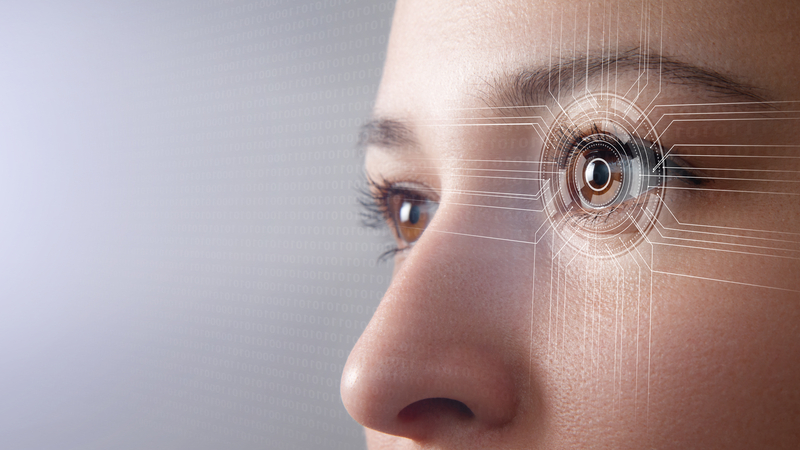
24 Apr The Advantages of Biometrics Technology
More and more businesses are implementing multi-factor authenticity through the use of advanced biometrics technology. Face authentication ensures the highest security standards with maximum convenience.
Businesses are beginning to offer hybrid and remote work following the major adjustment to workflows during the COVID-19 pandemic. However, with employees being on different devices, potentially all around the country, authentication and security are proving to be more important than ever. Networks and authentication has to account for phones, desktops, laptops and more.
Biometric technologies have taken great leaps in recent years, defining the future of credentials in the process.
All that’s needed is a Camera
Now, through any camera, a person can be scanned and registered into a database. An individuals age, address, gender and more are immediately accessible – this is currently in use by policing teams around the world. More relevant to establishment security, a persons identity can be stored in a database as an image, then, used as a form of validation whenever necessary, enabling the highest possible quality of access control.
In the future, companies will have the option to move away from ID cards as credentials, instead, biometrics security solutions will be the main form of access control. Eye and Facial Recognition software will be utilized to allow for advanced multi-factor authenticity.
The future of credentials is considerably keyless and passwordless, instead, a persons body or even a map of a fingerprint or eye will act as the key instead.
Having biometric as a unified multi-factor authenticating line of security ensures smooth workflow, individuals only able to access where they are supposed to be, and, able to do so at a quick, efficient pace.
The majority of biometrics technologies are extremely widely applicable, as a result, biometrics access or network controls can be implemented into existing security systems, smoothly allowing for a company to modernize – all that’s required is the initial hardware which records an individuals biographical data and integrates it into a database to be stored.
The Types of Biometrics
There are a number of different types of biometric security:-
Biological biometrics incorporates traits at a genetic, sometimes molecular level. This can be identification through blood, or other fluids. Though this is not very mainstream and would be more suitable in a medical environment.
Morphological biometrics involve utilizing the structure of an individuals body. When the average person considers biometrics, there is a good chance they are considering this. Morphological biometric security records and recognizes the shape of an individuals eye, fingerprint or face.
Finally, behavioural biometrics are based on behavioural patterns relative to each person, for example how they walk, limp, speak or even how an individual types on a keyboard. How an individual carries out these tasks, can be directly telling of who they are – and therefore – can be tracked by a system.
Ultimately, Companies which have security solutions, access solutions and unified biometrics technologies are able to expand other initiatives without having to worry about upgrading security to accommodate.

